H1 | Are Smart Solar Light Poles Environmentally Friendly? |
H2 | Introduction to Smart Solar Light Poles |
H2 | What Are Smart Solar Light Poles? |
H3 | Key Features of Smart Solar Light Poles |
H2 | The Environmental Impact of Traditional Lighting |
H3 | Energy Consumption and Carbon Footprint |
H3 | Light Pollution and Its Effects |
H2 | How Smart Solar Light Poles Work |
H3 | Solar Energy Conversion |
H3 | Smart Technology Integration |
H2 | Benefits of Smart Solar Light Poles |
H3 | Reduced Energy Costs |
H3 | Decreased Carbon Emissions |
H3 | Enhanced Public Safety |
H2 | Are Smart Solar Light Poles Truly Eco-Friendly? |
H3 | Life Cycle Assessment |
H3 | End-of-Life Disposal and Recycling |
H2 | Conclusion |
H2 | FAQs |
Are Smart Solar Light Poles Environmentally Friendly?
Introduction to Smart Solar Light Poles
Have you ever walked down a street illuminated by those sleek, modern light poles that seem to glow with a life of their own? If so, you might have encountered smart solar light poles. But the real question is: are they environmentally friendly? Let’s dive into this topic and shed some light on the matter!
What Are Smart Solar Light Poles?
Smart solar light poles are innovative lighting solutions that harness solar energy to power LED lights. They come equipped with smart technology, allowing them to adjust brightness based on surrounding conditions and even communicate with other devices. But what makes them stand out in the realm of environmental sustainability?
Key Features of Smart Solar Light Poles
These poles are not just about aesthetics; they boast several key features:
Solar Panels: They capture sunlight during the day to power the lights at night.
LED Technology: LEDs are energy-efficient and have a longer lifespan compared to traditional bulbs.
Smart Sensors: These detect motion and ambient light, optimizing energy use.
The Environmental Impact of Traditional Lighting
Before we can appreciate the benefits of smart solar light poles, let’s take a moment to consider the environmental impact of traditional lighting systems.
Energy Consumption and Carbon Footprint
Traditional streetlights often rely on electricity generated from fossil fuels, contributing to greenhouse gas emissions. The energy consumption of these lights can be staggering, especially in urban areas where they burn all night long.
Light Pollution and Its Effects
Moreover, traditional lighting contributes to light pollution, disrupting ecosystems and affecting wildlife. Ever noticed how hard it is to see the stars in a city? That’s light pollution at work!
How Smart Solar Light Poles Work
So, how do smart solar light poles tackle these issues? Let’s break it down.
Solar Energy Conversion
These poles convert sunlight into electricity using solar panels. This means they don’t rely on the grid, reducing the demand for fossil fuel-generated power.
Smart Technology Integration
With smart technology, these poles can adjust their brightness based on the time of day or the presence of pedestrians. This not only saves energy but also enhances safety by providing adequate lighting when needed.
Benefits of Smart Solar Light Poles
Now that we understand how they work, let’s explore the benefits they bring to the table.
Reduced Energy Costs
By utilizing solar energy, municipalities can significantly cut down on their electricity bills. Imagine the savings that could be redirected to other community projects!
Decreased Carbon Emissions
Since they don’t rely on fossil fuels, smart solar light poles help reduce carbon emissions. This is a win for the environment and a step towards combating climate change.
Enhanced Public Safety
With their ability to adjust brightness, these poles can improve visibility in dark areas, making streets safer for pedestrians and cyclists alike.
Are Smart Solar Light Poles Truly Eco-Friendly?
While the benefits are clear, it’s essential to ask: are smart solar light poles truly eco-friendly?
Life Cycle Assessment
A life cycle assessment (LCA) looks at the environmental impact of a product from cradle to grave. While the production of solar panels and batteries does have an environmental cost, the long-term benefits often outweigh these initial impacts.
End-of-Life Disposal and Recycling
Another consideration is what happens when these poles reach the end of their life. Many components can be recycled, but it’s crucial for manufacturers to have a plan in place for responsible disposal.
Conclusion
In conclusion, smart solar light poles are indeed a step in the right direction for environmental sustainability. They reduce energy consumption, lower carbon emissions, and enhance public safety. While there are challenges to address, the overall impact is positive. So, the next time you see one of these poles lighting up your path, you can feel good knowing it’s doing its part for the planet!
FAQs
What are the main components of a smart solar light pole?
How do smart solar light poles save energy?
Can smart solar light poles work in cloudy weather?
What happens to smart solar light poles at the end of their life?
Are there any downsides to using smart solar light poles?
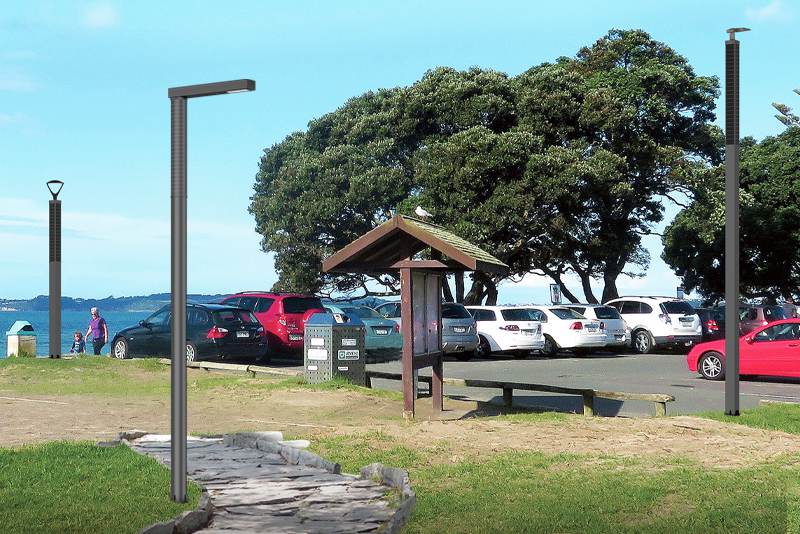
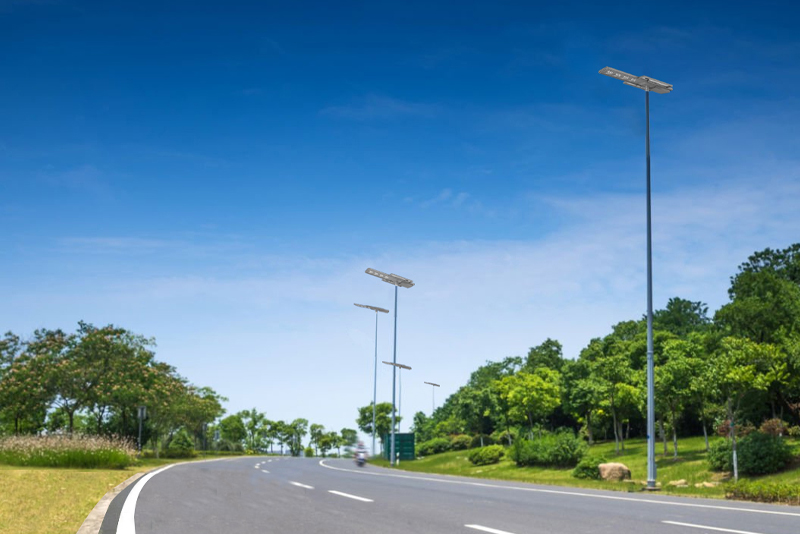
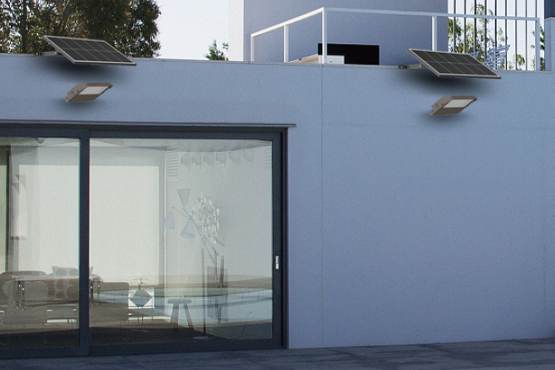
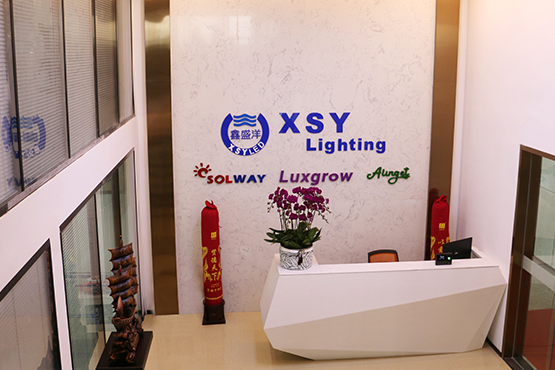


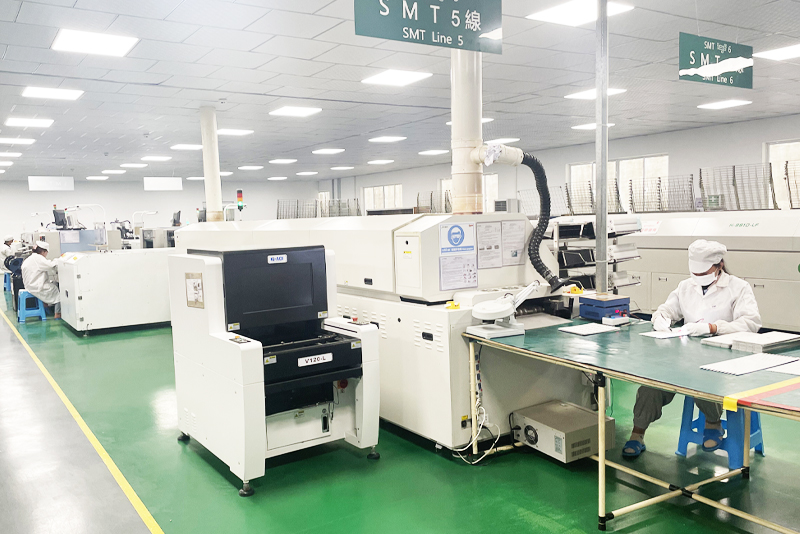
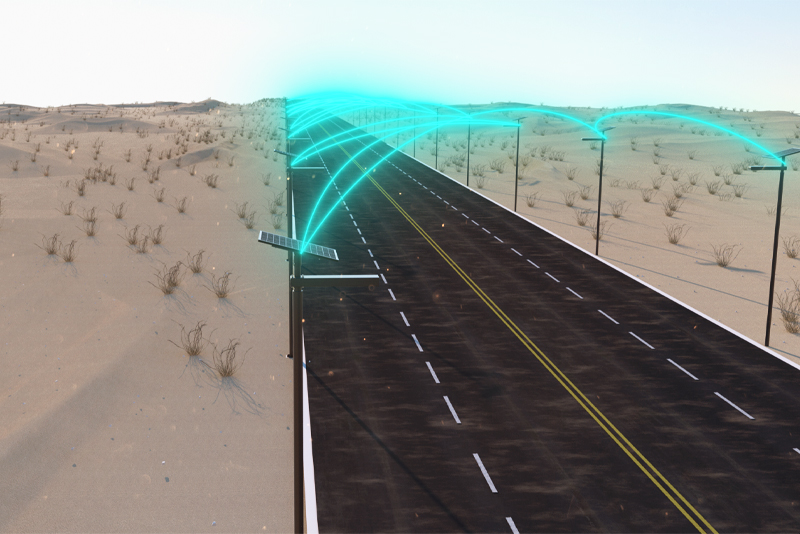
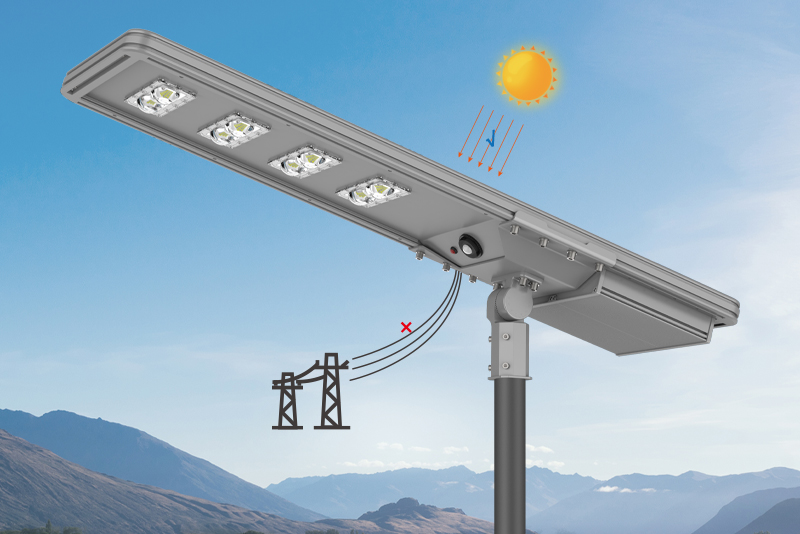

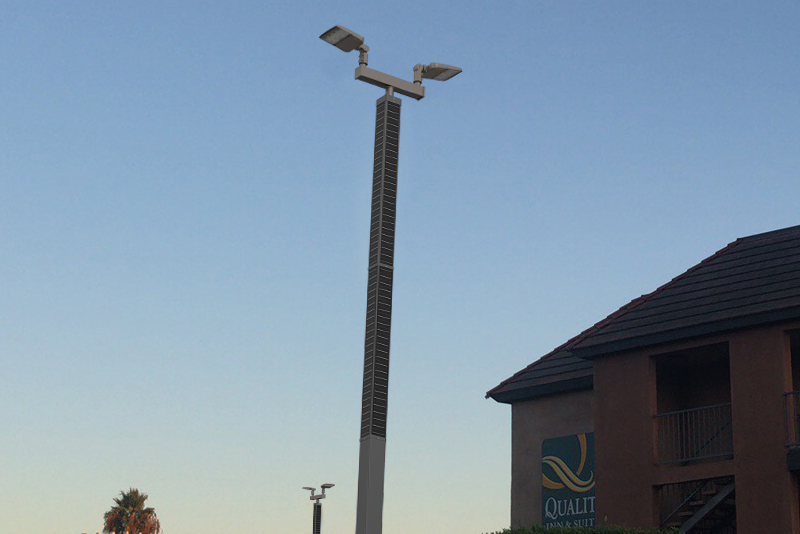
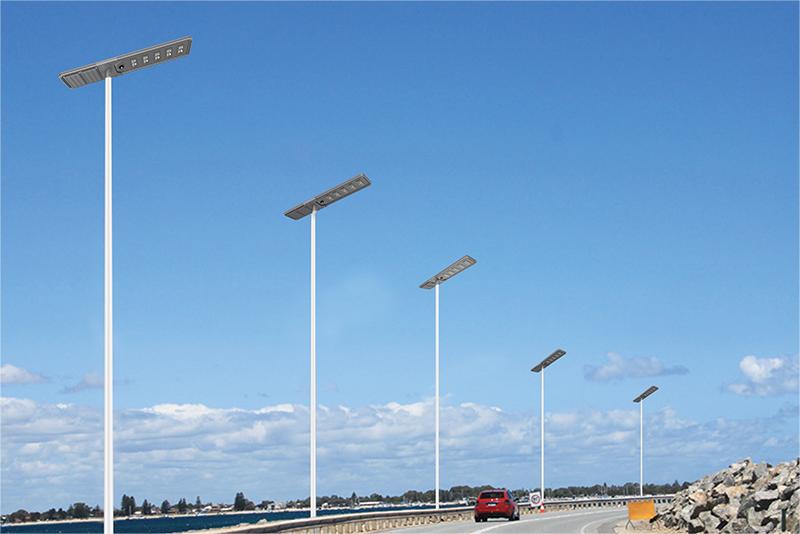
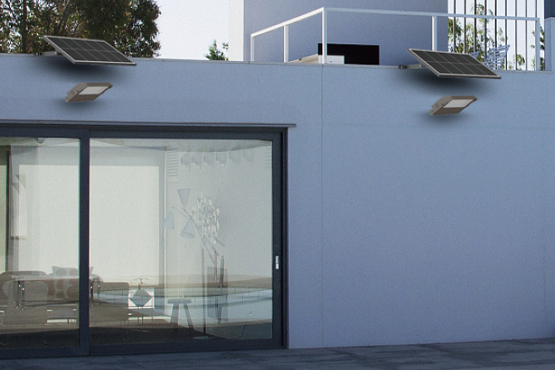






 English
English










 Scan WhatsApp
Scan WhatsApp Scan Wechat
Scan Wechat Scan WhatsApp
Scan WhatsApp Scan Wechat
Scan Wechat Consult Now
Consult Now






